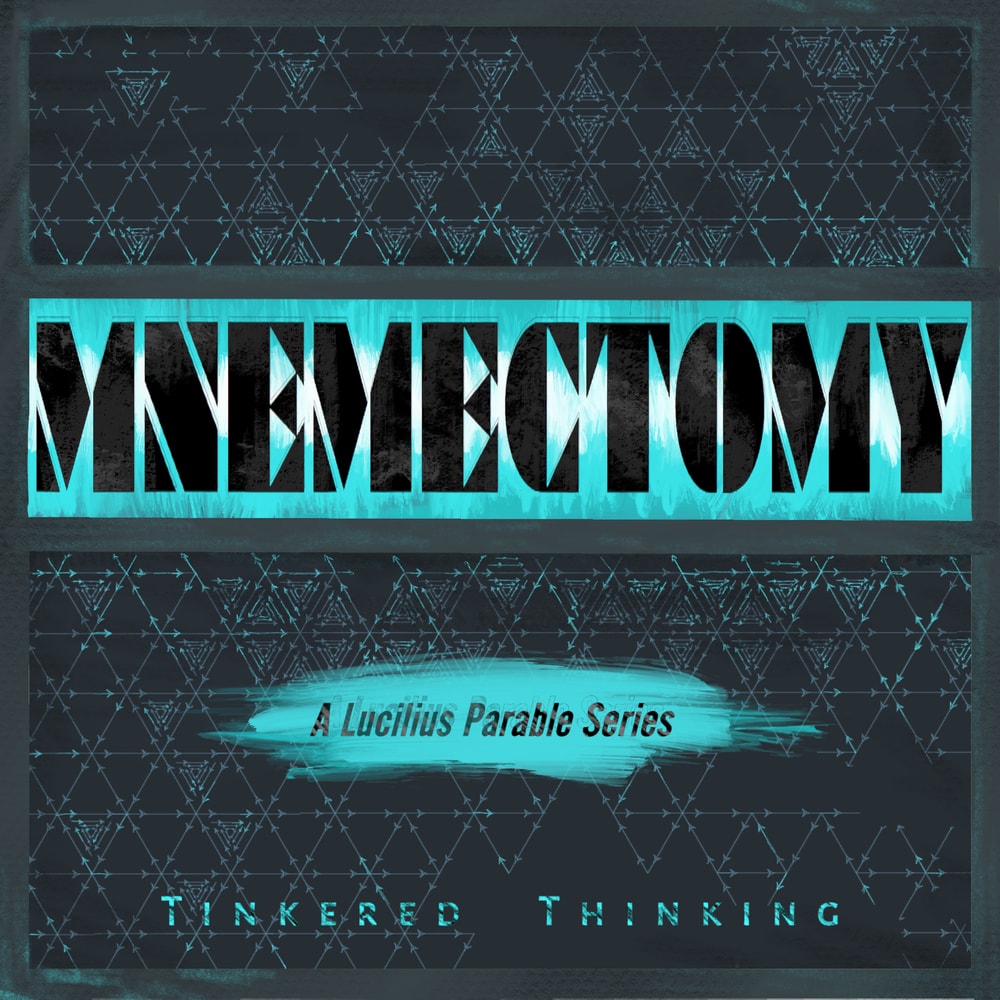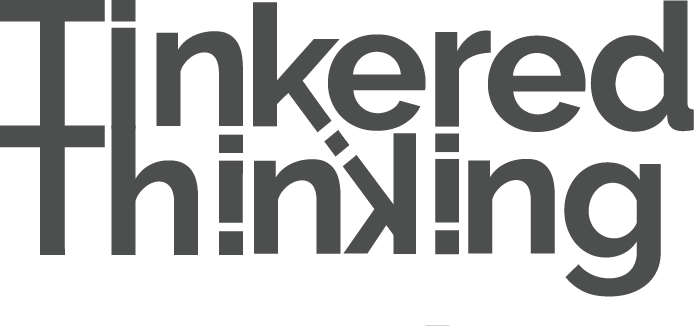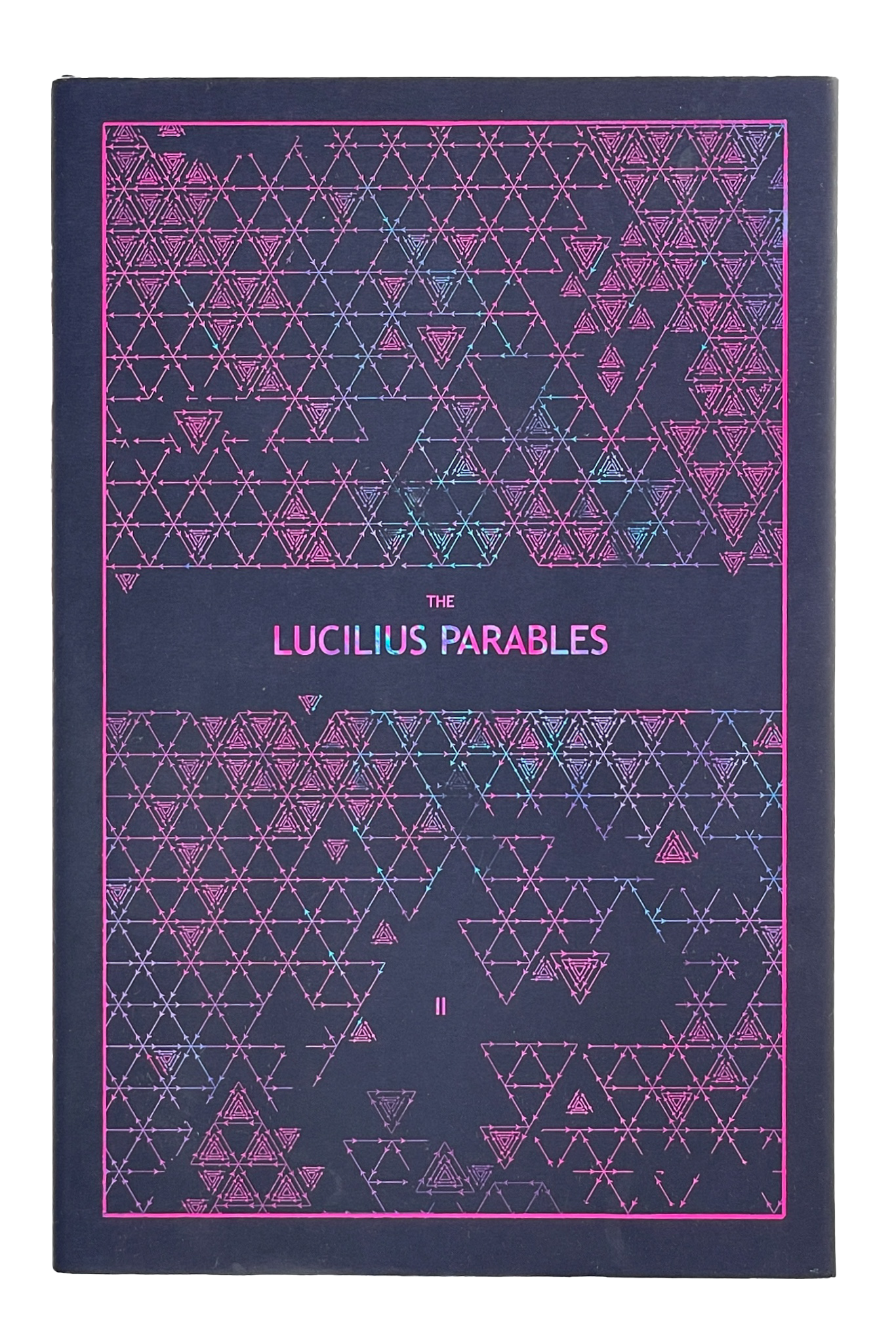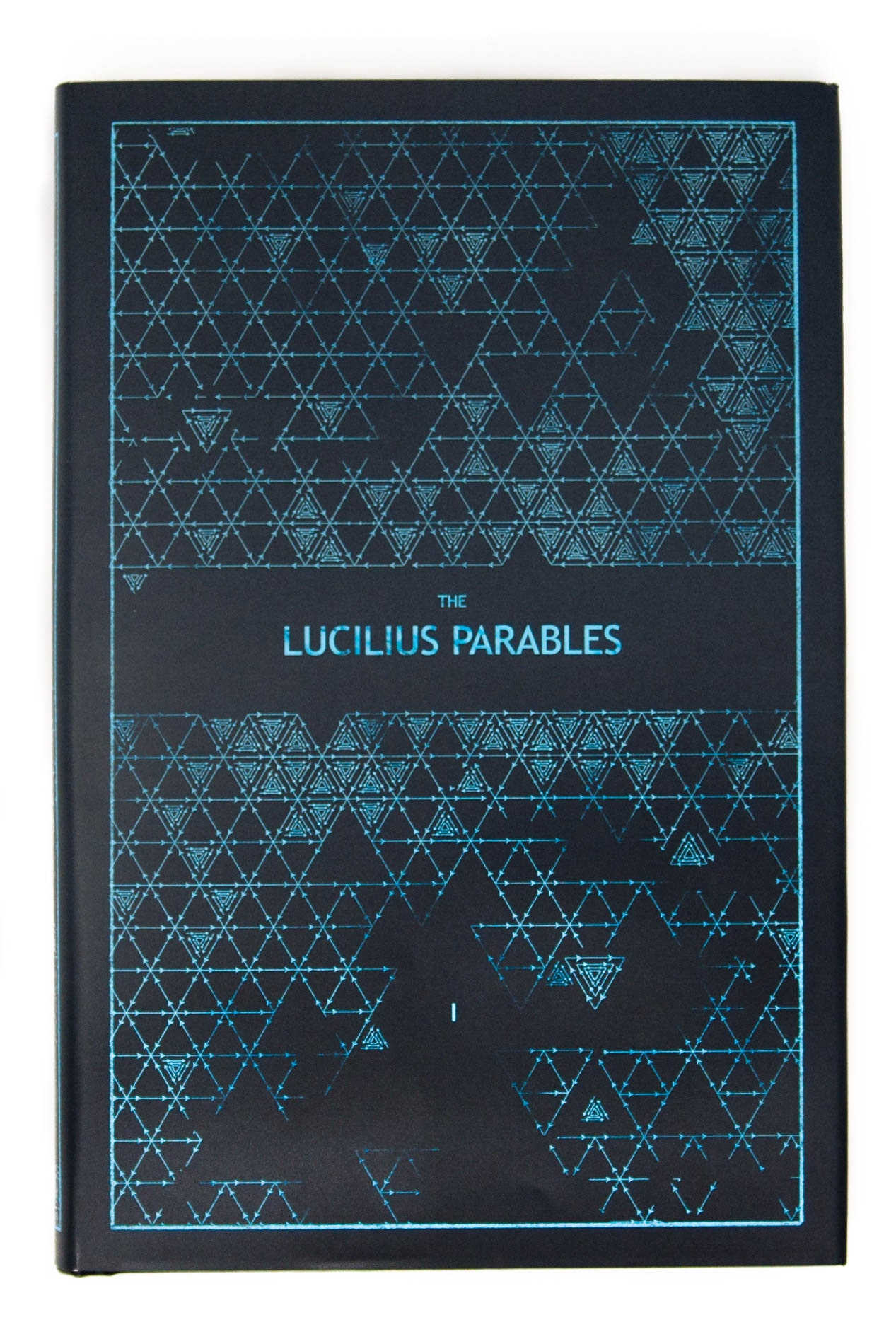Daily, snackable writings to spur changes in thinking.
Building a blueprint for a better brain by tinkering with the code.
subscribe
rss Feeds
SPIN CHESS
A Chess app from Tinkered Thinking featuring a variant of chess that bridges all skill levels!
REPAUSE
A meditation app is forthcoming. Stay Tuned.
GIVING UP THE MINE
May 18th, 2019
The practice of mining, that old sort of mining, the one we imagine when we think of prospectors sifting for gold, is a ripe analogy for process in many of the endeavors we undertake.
Prospectors often sifted or dug through massive amounts of useless material before finding a profitable and shiny strain of gold.
But there was never any guarantee that any particular direction of digging would lead to fortune. And so too in many other parts of life. Sometimes, we are just digging holes.
Perhaps some lessons can be garnered from such seemingly useless endeavors, such as an exercise of sustained and focused effort, but perhaps the most useful lesson is knowing when to abandon the effort. This tendency to keep going even when it seems that giving up would be better is often referred to as the ‘sunk-cost’ fallacy.
‘Giving up’ is such a shamed and taboo concept, and perhaps for very good reason, but as with many concepts and beliefs, we import it into places where it does us a great disservice.
Giving up on all effort is a genuinely sad occurrence, and if shame and taboo can work effectively to keep a person from giving up all effort, then perhaps the price is worth it.
But giving up effort on a single endeavor often carries the same weight, shame, and forbiddance that is more appropriately attributed to giving up on everything.
Knowing when to abandon the mine and strike out in new directions is the art of the Pivot.
We often mistake a needed pivot for ‘giving up’, and pivoting is in a sense giving up. But it’s giving up on an unproductive direction in favor of a more productive direction.
Pivoting, or ‘giving up on a small and local level’ is how we simultaneously keep from giving up all effort and save ourselves from wasting time in poor directions.
The way to keep this compass needle healthy is to always assume that one’s direction is off by some margin and needs correcting.
This episode references Episode 72: Persevere vs. Pivot and Episode 57: Compass
INTERVERSE
May 17th, 2019
As public conversation trickles into new and strange spaces thanks to the proliferation of digital portals, questions pop up about how to keep our conversation healthy. Much discourse seems to lack generosity, thoughtfulness, empathy and ultimately: effective results.
In many cases conversation seems to function as an avenue for narcissism. We merely wait for our own turn to talk in order to hear our own voice, while only blithely addressing the topic addressed in the same manner by a companion in dialogue.
The word ‘converse’ might as well be ‘contra-verse’. Two verses or perspectives that lack any kind of fruitful synergy.
The word converse has etymological roots meaning ‘to turn around’.
The implication here seems to be persuasion. We converse in order to persuade another of our point. Considering how rare an effective instance of persuasion seems to be, the imaginary word contra-verse (meaning, roughly contrary verses) seems to be more appropriate.
There remains a useful juxtaposition to highlight the problems with modern conversation in a more intuitive way.
We need only ask what are the differences and similarities between:
Conversation
and
Interview.
The two concepts as practices surely inspire a totally different flavor in the mind.
The chief difference is easy to spot: in an interview the focus and concentration is one person thoughts, ideas and point of view. In a conversation the focus is more diffuse, or rather, it mostly flip-flops between one person’s point of view and the other person’s point of view. The definitions differentiated here contain an important point: rarely in conversation are both people focusing on the same point of view.
In an interview, however, the focus of both people is consistently unified on the topic of one person’s point of view. Certainly there are disingenuous interviewers who have an agenda and seek to create gotchya-interviews which intend to make a person look like a fool, but then this sort of aim betrays our working definition of an interview. In such a case the interviewer is focused on a secret point of view that is whipped out when the person being interviewed has created a linguistic space that can be flipped into their own undoing.
Without a secret agenda, an interview seeks to explore another person’s point of view in the most honest and generous way possible, generating questions that allow the person in focus to further extrapolate on points and perspectives raised.
Now realize how rarely this kind of focus exists in conversation. Usually, a conversation entails two people trying in vain to get the other person to generously explore the perspective they prattle on about.
For those who are thoroughly exhausted by the contentious and fruitless merry-go-round of ineffective conversation, it may be an interesting experiment and possibly an invaluable tool to make a practice of viewing conversations as an interviewer – to ask questions and explore another’s perspective, no matter how repulsive.
Not only does this give us a fuller picture of who we are dealing with, but it may even present the opportunity for our companion in dialogue to realize new truths about their own perspective, truths unavailable because they’d never been able to ask themselves a set of questions flavored by a wholly different perspective, namely: our own.
This episode references Episode 390: Question about the Question
SIGN & SIGNAL
May 16th, 2019
Is a signal a part of the sign? or is the sign the signal?
What exactly is the best way of thinking about these two similar words – so similar in fact that one contains the other with a simple addition of a couple letters.
Signs can be good or bad, in that each is a valid indication of whether or not we are going in the right direction. Both are equally valid and ideally – in a world where we don’t take things personally – equally informative with regards to what our next move should be.
A good and bad signal, on the other hand is a totally different issue. A good signal means that we are receiving information. This information can be good or bad, but it is information nonetheless, whereas a bad signal is not bad information, it’s simply the absence of a connection – an absence of our access to information altogether.
A bad sign is far better than a bad signal, because a bad signal means we are essentially flying blind, whereas a bad sign can be used to figure out where to go next.
A sign is an instance of the signal.
Good signs, bad signs, as long as we are actually getting signs, it means we still have a signal. Finding that signal in the first place is the often difficult part. Often we fly around blind for a while before we actually find a useful sign that indicates a signal has a possibility of being established.
And when that one sign comes along, it’s often akin to waving around the old school T.V. antennae and momentarily getting a flash of the show we seek to watch but then failing to replicate the exact positions of the antennae. But with one small sign, our determination often has much greater longevity because now we know something might actually be there to find. We need only continue our search and zero in when more signs start to pop up.
Often however, the efforts behind that first initial phase of flying blind in search of some signal go cold before we ever actually hit upon any one single meaningful sign.
One aspect of learning is to simply get some sort of meaningful feedback from reality. Nothing is more demoralizing to the spirit than to make an effort only to see nothing perceptible respond.
A person who understands how to maximize their efforts to learn looks for the quickest way to get any kind of result whatsoever. This result is a validation of personal agency, and beyond actually having a full command of the subject, the adept and conscious learner knows this perceptible result is mainly achieved in order to stoke the emotional fuel behind the efforts to learn something new. Remember, a bad sign is better than no signal at all. This is why an obsession with planning things and more particularly the notion that we can some how perfectly plan the future is such a mistake. When we finally do take action in line with such plans, it is almost never going to establish a connection to the signal we need in order to make progress.
In the beginning, the name of the game is simply to keep going and not quit. Once we get far enough along to actually have something to work with, or rather… once we get far enough along to actually have a signal established, than the name of the game changes to fine-tuning and further exploration.
But that first stage is all about establishing a signal - looking for meaningful signs and seeing if they correlate to the same useful signal that we can then use to evolve our strategy, iterate our plans and take quicker tighter actions in order to move faster towards a future we can sculpt with the design of our dreams.
This episode references Episode 387: Plans and Progress, and Episode 285: Plan on No Plans
TWO KINDS OF HURT
May 15th, 2019
It hurts.
This is a fairly bland statement. It carries no detail, utilizes none of the intricacies of language that can illuminate nuance. While some generalizations are harmless in their lack of specificity, the lack of real communication in a statement like it Hurts can cause actual problems simply because the word ‘hurt’ in this case has more than one meaning.
Is the pain an indication of an injury that is developing or is the pain just pain that we complain about?
The difference couldn’t be more important. It’s a type of mental skill that requires training to reliably tell the difference between the two. Knowing this difference inevitably requires experiencing both types of pain. However, if we’ve gone long enough without experiencing the type of pain that indicates that real damage is about to happen, or is currently happening, than the difference fades without memory and any pain potentially becomes a cause for crying out even if it’s indicating nothing serious.
Not only is it a mental skill to be sensitive to the differences between these two types of pain, but it’s a further mental skill to appropriately down-regulate how important the non-consequential pain is.
Or put another way: no one whines when they are under immediate threat of injury. We send out true signals of alarm based on a survival instinct.
Recognizing that we whine or have the urge to do so is the first step in gaining the mental skill of not letting such petty pain get in the way of our progress.
Many people get stuck in a vicious cycle of complaint that is predicated –presumably- on the pleasurable feedback that sympathy from others creates. However, in order to illicit the same amount of sympathy on the second time round, the cause for sympathy has to be greater, and so our complaints grow more hyperbolic and our pain is described as more intense.
It’s a tenant and practice within stoicism to recognize this tendency within the mind and process it more productively.
At the end of the day, one type of pain that we describe as ‘hurt’ is an important signal that should direct us to change course immediately so as to avoid real damage, and the other type of pain that we describe as ‘hurt’ is most likely a sign that we should continue and push through in order to gain the fruits available beyond such trials.
Exercise is perhaps the best example to elucidate the difference between these two types of hurt. With proper form and weight that is manageable for our physique we should only encounter the type of pain that is worth pushing through. If however we have poor form or attempt weight that is far beyond our ability, the type of pain we experience can be very serious and should be avoided at all costs. We need only push a limb in a direction it is not built to go – like an arm being pushed up behind the back – to get a relatively harmless taste of what that serious pain feels like.
Learning this difference in a physical way extends to the nonphysical endeavors that we undertake. Without physical damage to the body, there is nothing that the mind cannot push through for future benefit. If it feels as though that is not the case, than we have ourselves fooled, and we are mistaking one type of harmless hurt for the other more serious type of hurt. Few things are more confusing or limiting than mixing up these two types of hurt. Mistaking one for the other – in either direction – both carry serious deleterious effects.
Mistaking pain we can actually push through for pain that causes damage ensures that we never Level-up and the chance that our life gets better is left to the whims of fate. This is a hugely limiting mistake, but one that can be corrected.
Mistaking hurt that indicates real damage for hurt that we can push through – on the other hand – is the worse mistake because we are casually open to irrevocable damage.
Like any and all mental skills, knowing the difference between these two types of pain and knowing how to communicate that difference to ourselves in order to push through the superficial pain and pivot before the serious pain inflicts it’s whole result – knowing these differences requires practice.
This episode references Episode 379: Mental Skills, Episode 72: Persevere vs. Pivot, and Episode 42: Level-Up
BLINDERS
May 14th, 2019
We give horses a special headgear that narrows their sight and prevents them from knowing what’s next to them and behind them. The reason being is that horses would freak out otherwise when a car came up to pass them. Blinders shut off all this information.
Ignorance may not be bliss, but ignorance certainly creates a worthy sense of calm.
It’s a literal example of what our mindset often accomplishes for our view of the world.
We need only remember a time when reality gave us a cold hard slap in the face to realize that this is always the case to some degree.
A wake-up call from reality is like tearing the blinders off of our mindset. The change is jarring, much like if we tore the blinders off of a horse while it was in city traffic.
The point isn’t to remind one’s self of times when reality unceremoniously humbled our understandings, but to keep in mind that we probably always wear some kind of blinder and that the future holds every possibility that such a blinder might get ripped off.
Sticking to plans that should be abandoned is the easiest example of seeing this work to our detriment. When we are so set on an idea and can so clearly see it flourishing in the world that we cease to see the plain facts that it’s not working out, we have a kind of blinder affixed to our mindset. As we save the horse from it’s own fear, we try to keep our own fear at bay by ignoring important feedback. But unlike the horse which generally remains safer with such blinders, we only dig our own hole a little deeper. The sunk-cost fallacy is most likely a contributing factor to these blinders, but in many cases it may simply be a love affair with our own conception of the world. Such conceptions, if not reliable maps of the real world, belong in the world of fiction. Otherwise, our only love affair should be with the feedback that we can receive on a day to day basis.
If we become enamored of the process, than the destination ceases to be so much of a concern, and furthermore, when we’ve achieved that destination and have a mind for some new endeavor, our love of the process transfers effortlessly.
The first step that we must take to get closer to the process is to search out any spots in our mindset where we may have attached blinders and rip them off. Only then can we take in the valuable feedback that the process is readily able to give.
-compressed.jpg)





